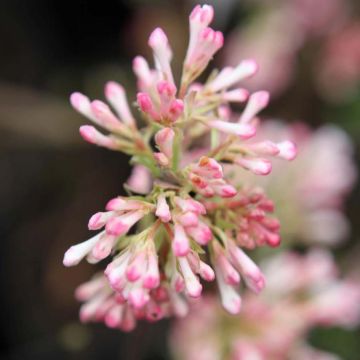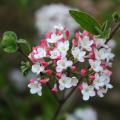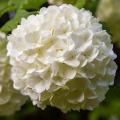Winter Viburnum
Would this plant suit my garden? Set up your Plantfit profile →
Available in 3 sizes
Available in 3 sizes
Available in 2 sizes
Available in 2 sizes
Available in 2 sizes
Available in 2 sizes
Available in 1 sizes
Available in 3 sizes
Available in 1 sizes
Available in 1 sizes
Available in 1 sizes
Available in 1 sizes
Available in 1 sizes
Available in 1 sizes
Our most beautiful Winter Viburnums. These Viburnum are mostly deciduous bushes that are noticeable during their flowering period, in white to pink, often fragrant, which adorns naked branches in winter. If you want to brighten up your garden during the low season, choose a Viburnum fragrans (farreri), or winter viburnum, whose branches are adorned with small bouquets of pink buds and sweet-scented white flowers between December and February, as soon as the weather gets milder. But also Viburnum bodnantense ‘Dawn’ or 'Charles Lamont', whose delicate pink and fragrant flowering blooms at the same time. To bridge the gap with spring, the Burkwood viburnum (Viburnum burkwoodii) is also a beautiful deciduous bush, with gorgeous autumn colours, whose generous flowering in March diffuses an intoxicating scent. Among the evergreen viburnums, let's mention Laurustinus and its varieties that bloom between December and late February depending on the climate. The wrinkled-leaved Viburnum (Viburnum rhytidophyllum) is a large shrub with pendulous leaves. While its flowering is in spring, this Chinese species is adorned from October with decorative flower buds of an acid green, grouped in flattened and rounded cymes, 20 cm (8in) wide. There are also many other Viburnum that are attractive in winter simply for their foliage or their colourful fruiting that lasts a long time. Discover them below.
Haven't found what you were looking for?




























































